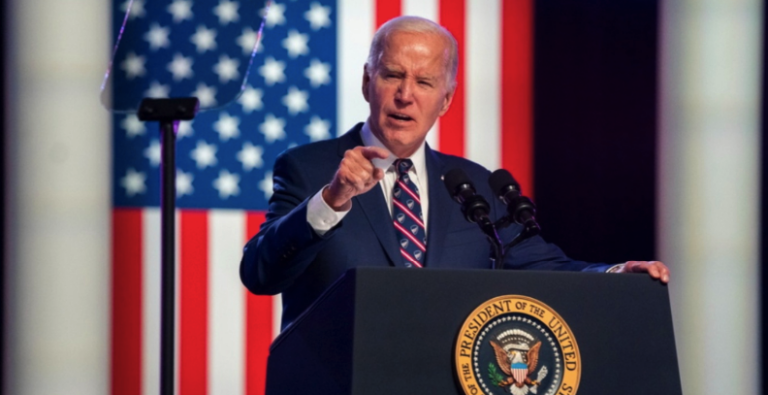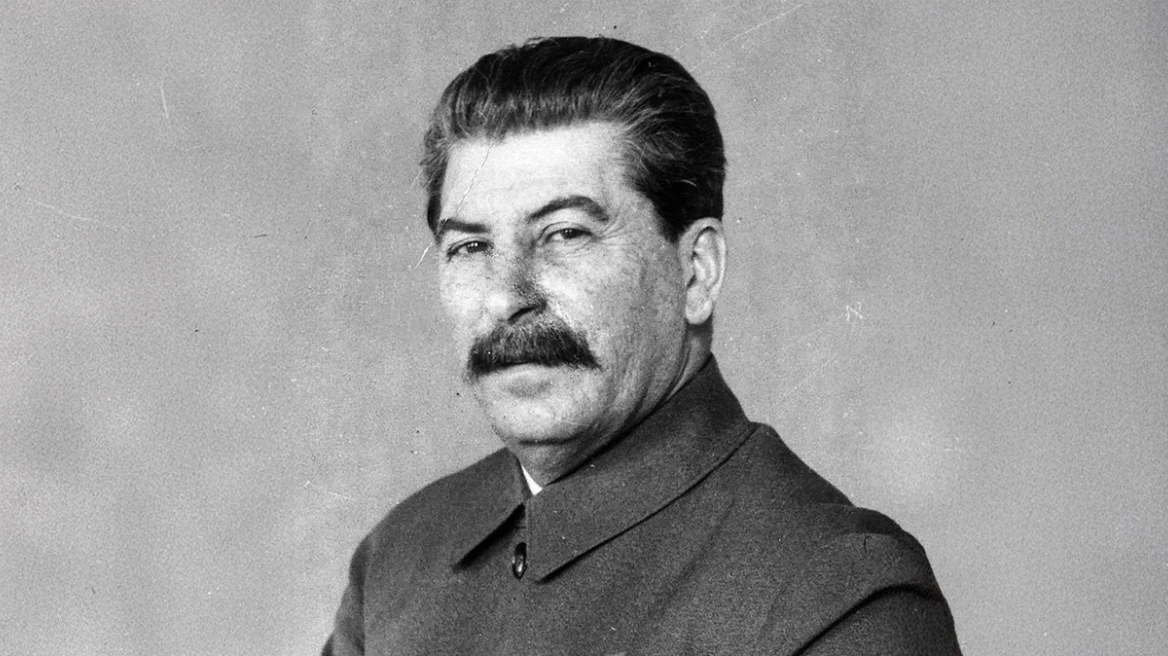The strikes had been expected for several days, and in the interim, the Biden administration began to face questions and criticism from Republicans about the timing and forcefulness of the US response.
But foreign policy experts believed the approach allowed Iran to withdraw personnel, potentially avoiding a wider conflict between the US and Iran.
“This would allow them to degrade the capacity of these Iranian-backed militias to attack US forces, but not escalate,” Mick Mulroy, a former deputy assistant secretary of defence for the Middle East, told the BBC. “Although it is likely not going to be a deterrent to future attacks.”
The ultimate benefit, he said, would be “to avoid a direct war” between the US and Iran.
Paris: Attack with 3 injured at a central train station – One man arrested – See videos and photos
The US struck the Iranian Revolutionary Guards Corps (IRGC) Quds Force and affiliated militias in Iraq and Syria, at seven sites in total. Bombers hit 85 individual targets, according to US defence officials.
“Let all those who might seek to do us harm know this: If you harm an American, we will respond,” President Joe Biden said.
US officials have blamed an Iranian-backed militia group, the Islamic Resistance in Iraq, for the Jordan attack. The organisation – an umbrella group of multiple militias – is believed to have been armed, funded and trained by Iran.
Iran has denied any involvement in the drone strike, which also injured 41 US troops.
Continue here: https:BBC
Ask me anything
Explore related questions





